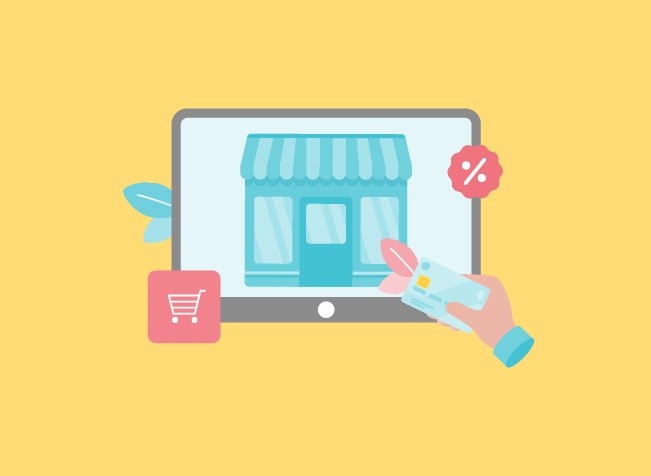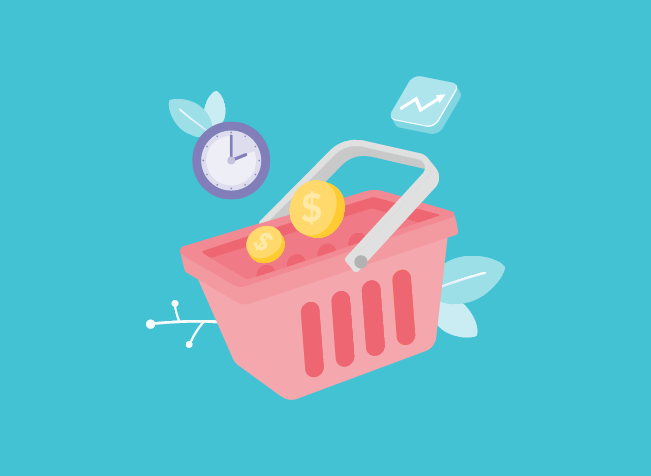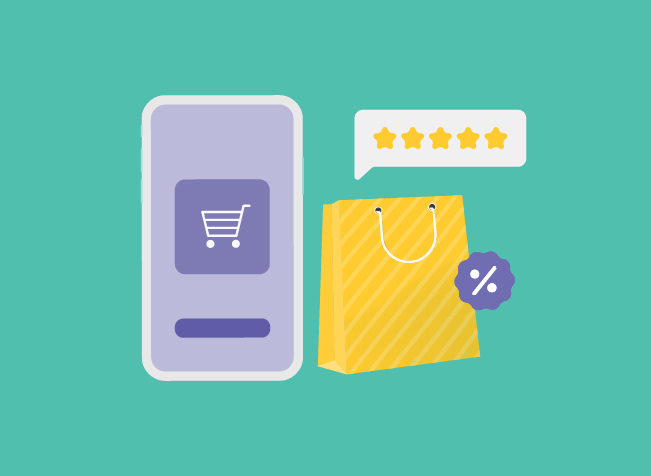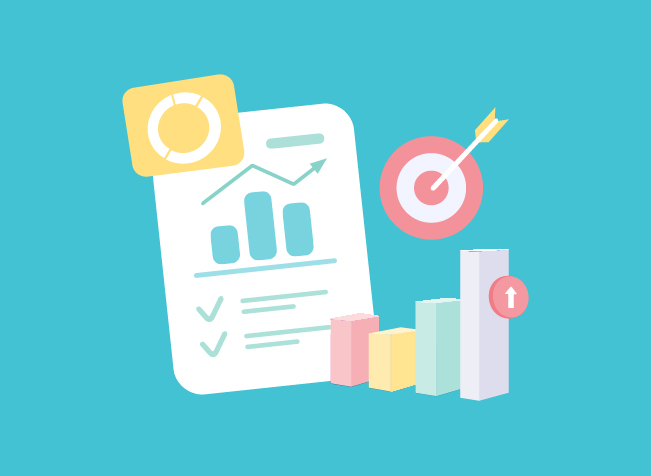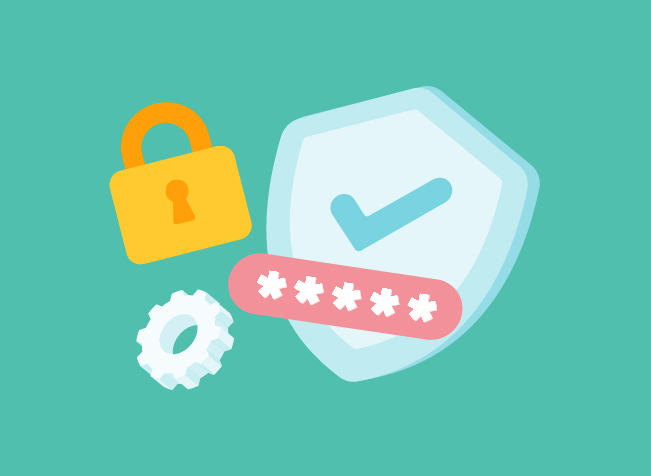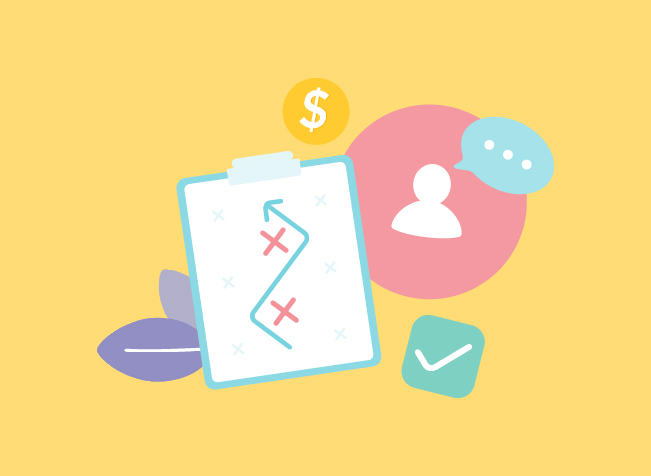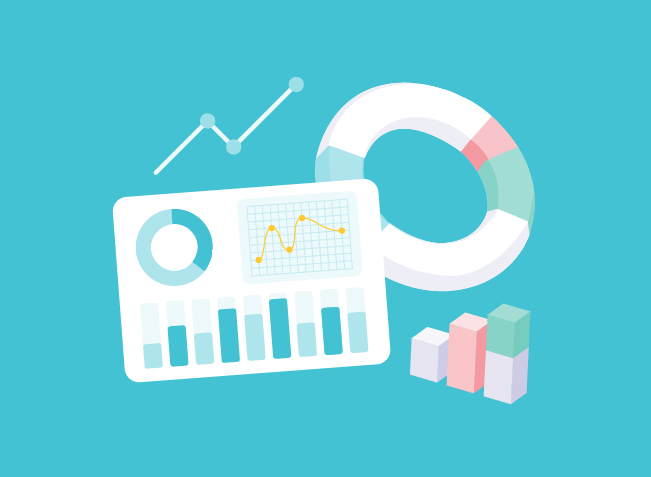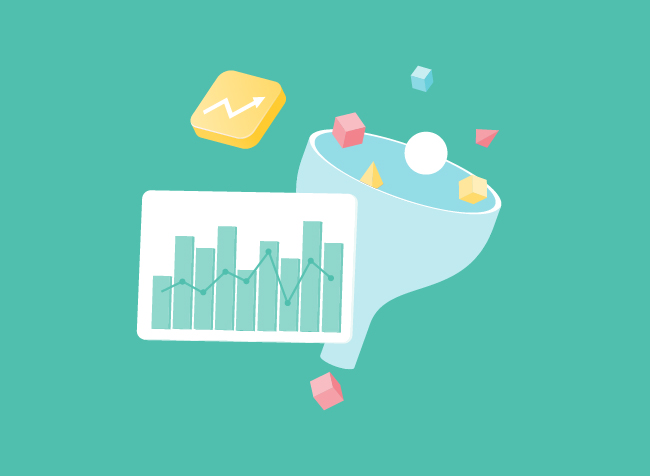For a business to continue along its growth spectrum, it’s imminent to achieve new recruitments and anchor them to retention consistently. The power strategy that has time and again proved effective in this endeavor is the simple yet efficient endorsement of “in-store promotions.”
In-store promotions are the end-of-funnel tool that drives already interested consumers to take the final leap to purchase. Promotions have always proved relevant at each stage of the consumers’ relationship cycle with a brand. It has provided solutions ranging from the first push to product trial with digital sampling, amplifying purchase frequency by creating the urgency of a limited purchase occasion, or simply incrementing sales volume by reducing price sensitivity.
Different occasions call for different promotions to achieve varying end-of-funnel goals. To name a few most commonly used sales promotions:
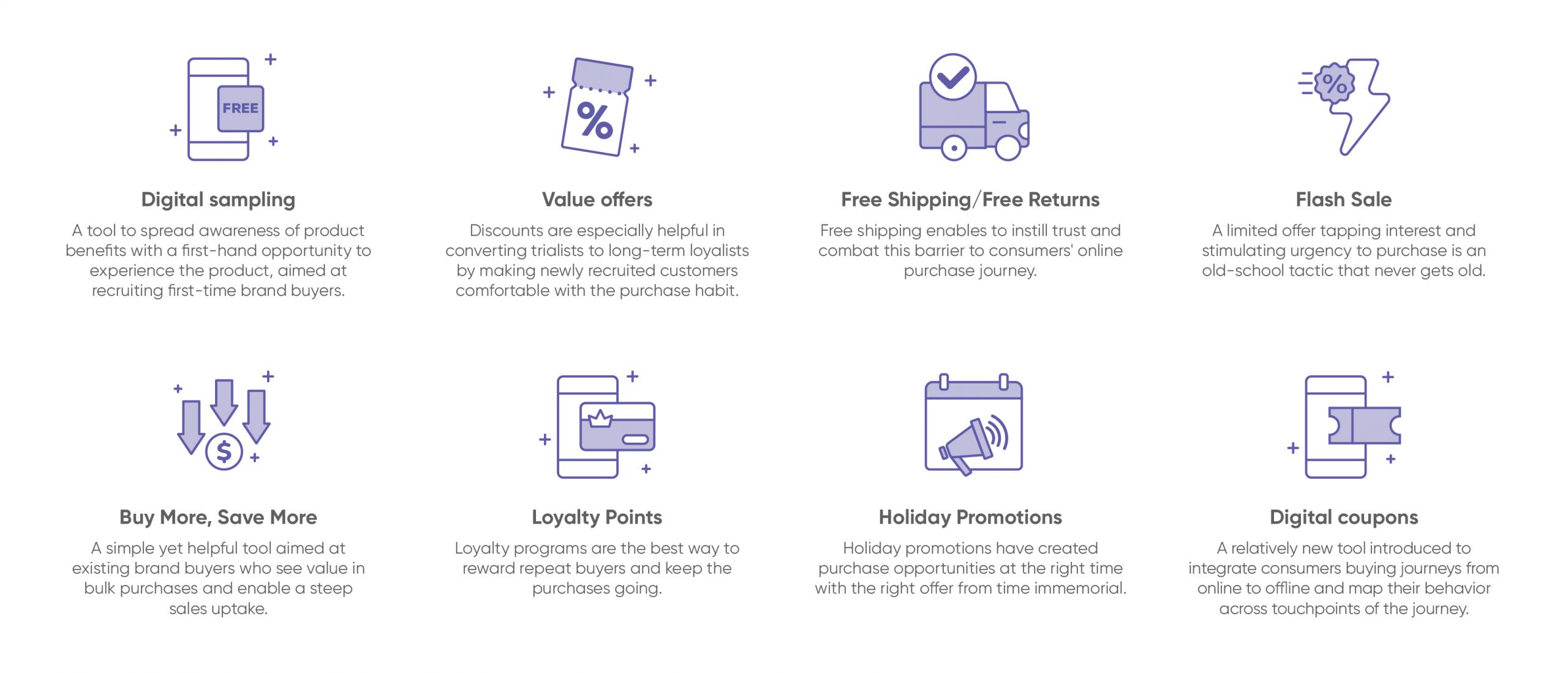
Its simplicity and proven success in driving purchases time and again have lured marketers into adopting in-store promotions across objectives and timelines to channel the impact of their marketing efforts. However the recent called-for realization on the subject sheds light on the blind spot created by the short-term incentive inefficiency in portraying the real picture of consumer sentiment. This poses a danger to a brand’s growth strategy as sales numbers might just be a glorification of consumer motivation, thus tainting the real graph of brand growth.
“Promotions drive volume. The art here is to find the right balance in designing promotions to avoid cannibalism”
Needless to say, even with its demerits, in-store promotions are a do-without and have proved crucial to driving sales volume. The art here is to find the right balance in promotional activities to avoid cannabilism and meet the needs of all stakeholders, from retailers who need assurance to allocate shelf space to end-consumers who seek high-value incentives in the purchase journey.
Marketers have turned to end-of-funnel insights on consumer purchase patterns to shape relevance in future strategies. Promotional campaigns have always been an agent to initiate purchases to answer the questions:
-
Who’s our buyer
-
Where are they buying
But a true reflection of consumer buying behavior would mean having answers to the following:
-
What was the star factor that motivated buying
-
When they buy
-
What else do they buy
And most importantly, a concern that unlocks the opportunity to revitalize efforts to maximize returns is why they are not buying or when did they lose interest.
With the digital era brimming with consumer data-driven capabilities, we might have our way around this obstacle and strike the right balance of value exchange in in-store promotions to draw the true picture of consumer motivation and drive loyalty. And here’s how…
With a data-powered omnichannel in-store promotion with multi-touchpoint attribution capabilities.
Let’s break this up into – Steps to design an efficient data-powered promotional campaign
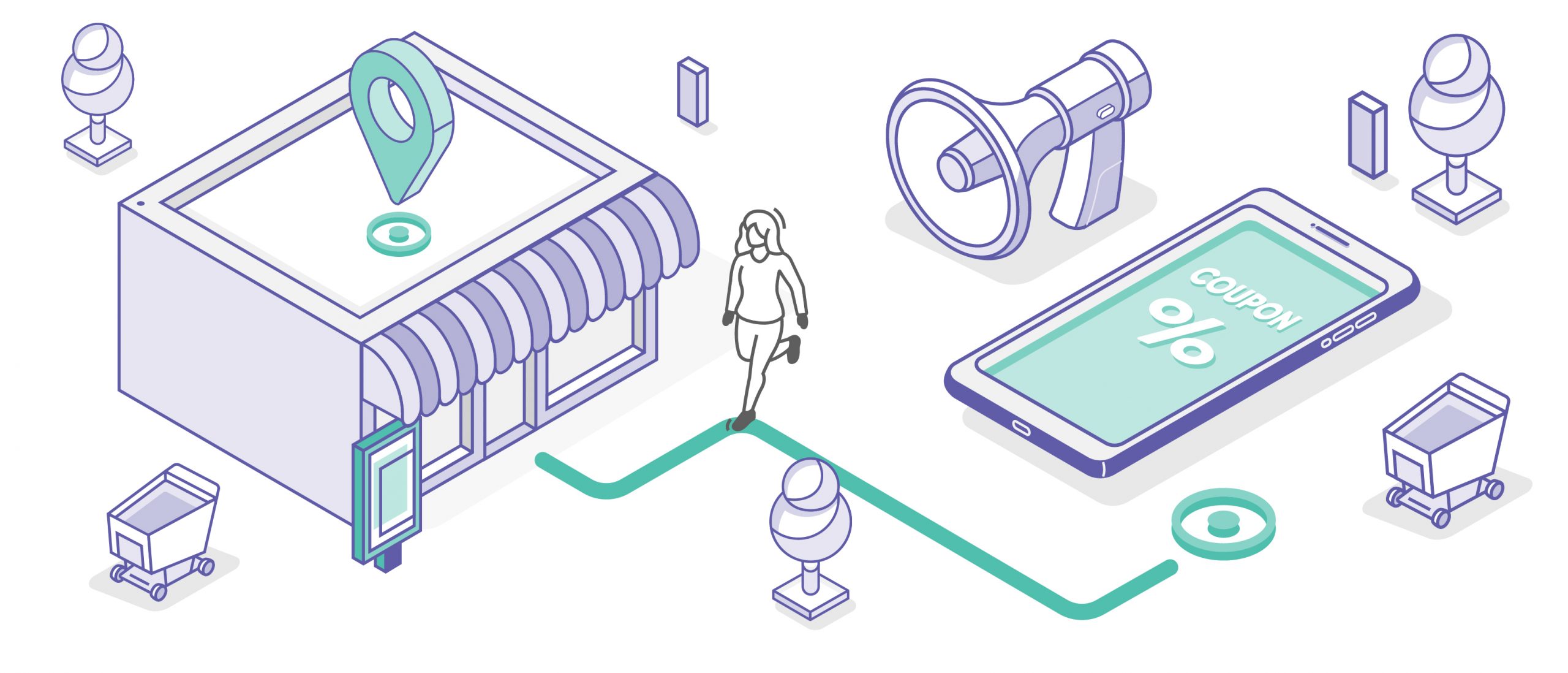
- Defining Laser-sharp target audiences – The brand-owned first-party data overlaid category shopper data tells us who our buyers are and who aren’t. Simply put, for new recruitments, we know who not to target by excluding brand-owned data, and to drive sales volume, we can approach our brand buyers with a relevant lesser dollar value exchange.
- Integrate the right channels to reach your target – Knowing your consumers’ media consumption tells you where to find them, and reaching them there at the right time can help tap their desire to drive purchases quickly and effectively.
- Binding lower funnel campaign with upper funnel efforts – This enables us to judge the real-time impact of a brand’s upper funnel efforts on motivation for purchase. And with your campaign starting right from upper funnel awareness, taking consumers sequentially through interest, intent, and to the final purchase, it unlocks the true omnichannel consistent experience for consumers giving them direction in chaos.
- Integrate the purchase journey online to offline – Even when the world shifts to digital-first channels, offline retail is here to stay. Imagine your consumer discovering your brand online and learning of your promotion at retail. The next step wouldn’t seem far-fetched, with location intelligence and retail partnership binding this journey online to offline and presenting a convenient pathway to purchase.
- Attributable at each stage of the purchase journey – Having an omnichannel interaction and an online-to-offline purchase journey in place means multiple consumer touchpoints. Integrating the attribution model unlocks the capability to derive meaningful, actionable insights as a true reflection of the purchase decision journey to give context to future campaign targets. With this, you know where, when, and how to tap your identified high potential with future campaigns.
- In-flight optimizations to maximize returns – Real-time measurement of purchase behavior with multi-touchpoint attribution tells you what’s working and what’s not. Programmatically modifying your campaign trajectory to reinforce your winning moments on the go makes sense to achieve maximized reach, relevance, and returns.
- Integrating customer data acquisition strategy – Validating campaign participants is a roadway to post-purchase activation for future retargeting of these one-time buyers with the collection of first-party consumer data, transaction data, and not to forget their basket data. Needless to say, validating purchases closes the loop of measurement of what worked best and for whom and where.
Now, this might seem like a long-shot complex concept to bring to life with perfection. But that’s where Grivy comes to the rescue.
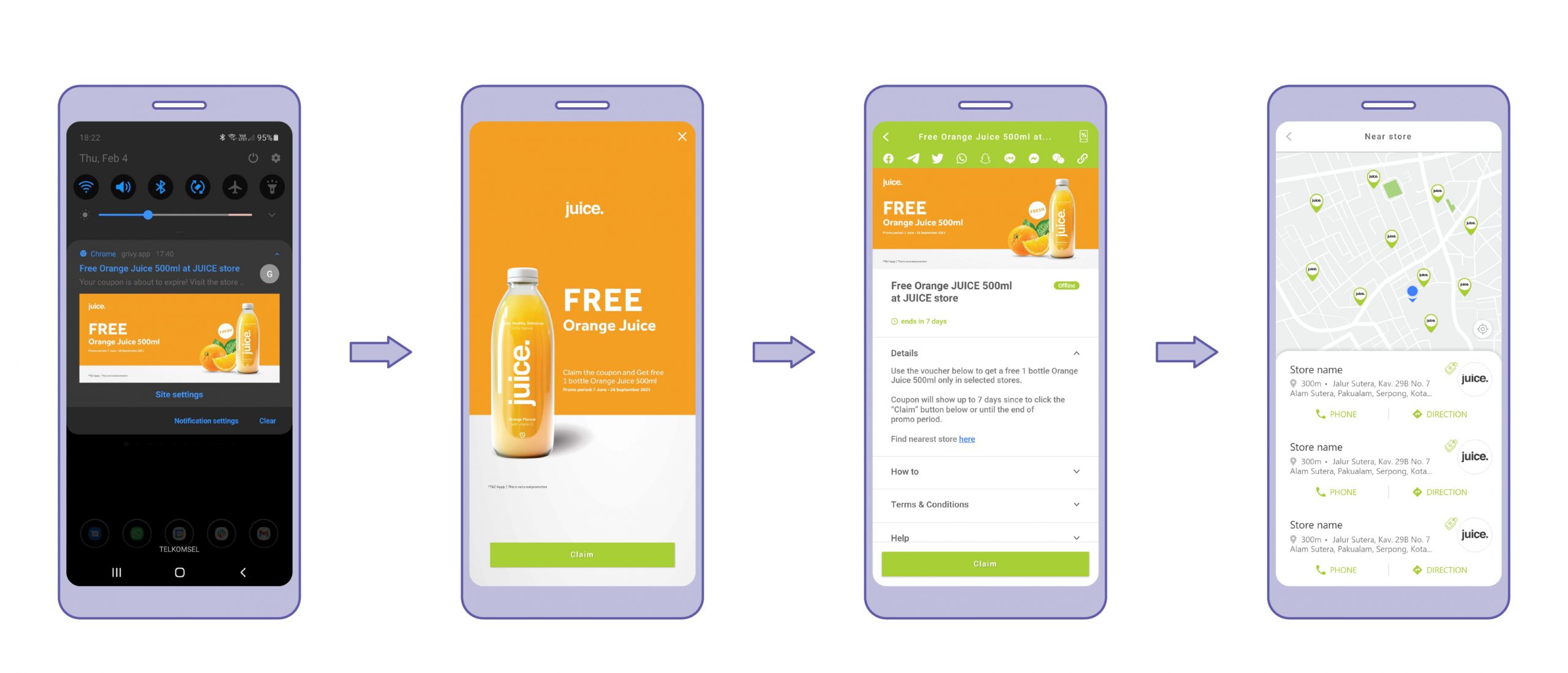
With a vast pool of Grivy-owned third-party data of buyers within the category, overlaid with first-party data of existing brand users, Grivy enables you to kick off your campaigns to reach highly relevant consumers rightfully. Further, with a strong AI-driven data collection, activation, and enrichment platform measuring moments of consumer truth across the consumers’ purchase journey and end-to-end retail management abilities integrating this journey from online to offline, you seamlessly derive the highly efficient promotional campaign, perfectly enhancing your immediate and future brand objectives.
